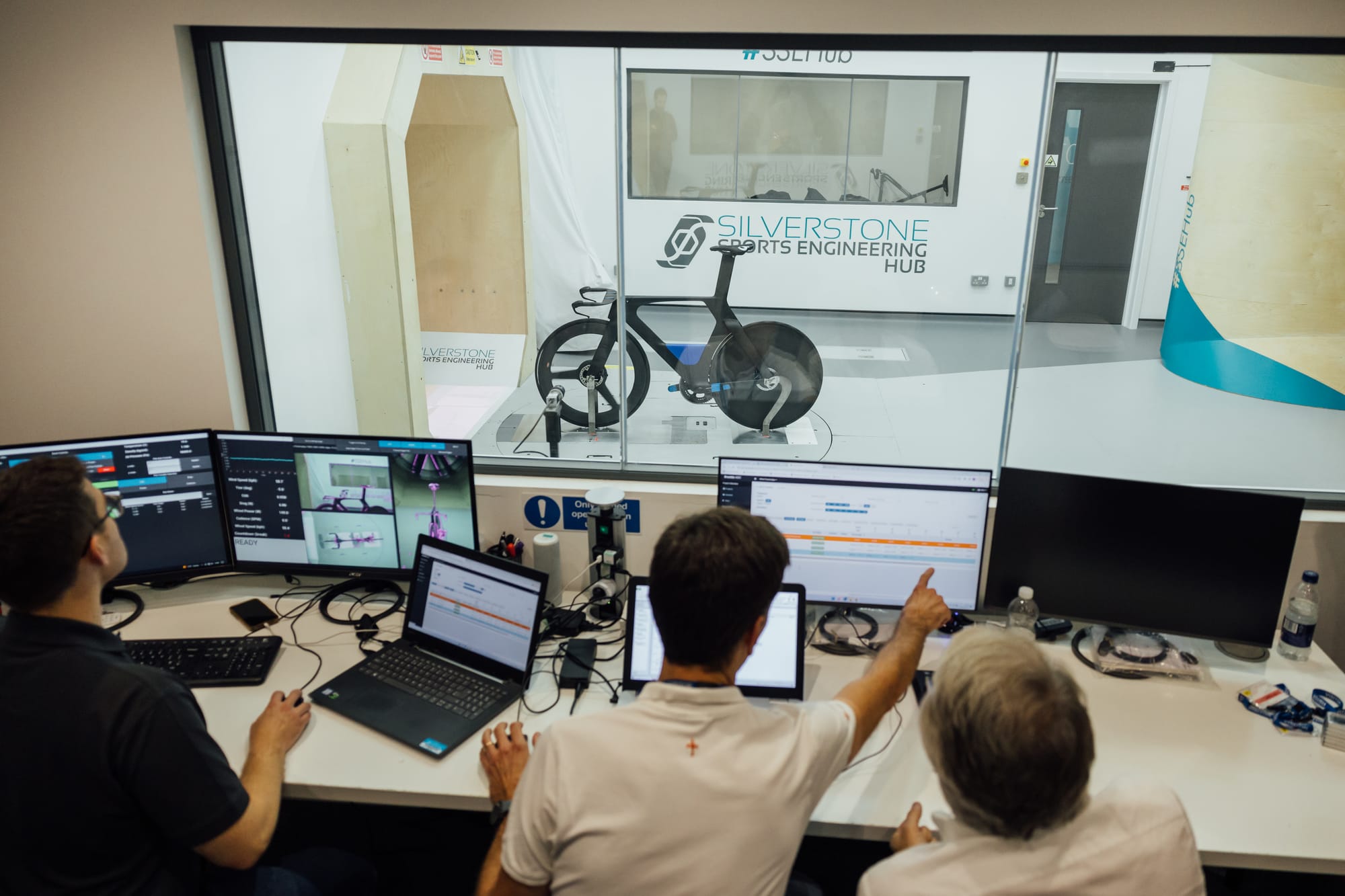Marginal gains changed cycling. The philosophy of aggregating minor improvements made riders faster, bikes sleeker, and marketing departments more creative than ever. But today, marginal gains can also lead us to spending more, stressing more and, in some cases, actually going slower.
What began as a performance methodology focused on stacking small, genuine advantages has become a marketing strategy riddled with questionable claims, diminishing returns, and unintended consequences. Arguably, the industry’s relentless pursuit of speed has led to trade-offs in adjustability, durability, and potentially even rider safety, all in the name of saving a few watts and/or grams. And yet, the psychology of marginal gains means we rarely stop to ask: Do these gains actually work and more importantly, do they work for me?
This is part one of a two-part series looking at the dark side of marginal gains, where the science ends, the marketing begins, and the unintended consequences pile up. Over the course of these two articles, we’ll dissect how marginal gains are tested, marketed, and sold, looking at ways of separating the genuine performance gains from the hyperbole and the snake oil.

Part one explores the dark side of aero marketing, the subtle distortions that have turned once-genuine time and wattage performance metrics into hyper-targeted consumer bait. We’ll unpack how brands manipulate test data, why wind tunnel results often fall apart in the real world, and how some “upgrades” could actually make you slower.
The illusion of bolt-on aero
Aero gains are often marketed as simple, bolt-on improvements: swap a frame, helmet, or wheelset, and you’ll be faster. But real-world performance isn’t that simple.
One of the biggest misconceptions in cycling is the belief that aero gains can be purchased off the shelf and immediately translate to real-world performance. Brands market aero components as if they provide instant speed gains, yet there’s so much more to aero than equipment alone.
In a Performance Process episode last year on the future of aerodynamics, Ken Ballhause Ken Ballhause of Sync Ergonomics and John Pitman, head of aerodynamics at the South Australian Sports Institute, emphasised that equipment shouldn't be seen as the source of aerodynamics. "You should just view equipment as an enabler," Ballhause said. "The equipment is the thing that supports the aero position."
Ballhause's Sync Ergonomics offers time-trial aero extensions, among other products, but “it’s not like you can just go and buy an expensive set of extensions without consideration for how they affect your position on the bike," he added. "There’s a lot that goes into achieving the perfect time trial position and supporting it. Equipment should be considered as part of that system, as opposed to just a bolt-on accessory after the fact."

As Red Bull-Bora-Hansgrohe head of engineering Dan Bigham similarly pointed out on Performance Process just after the Paris Olympics, aerodynamics is deeply individual, and an optimised position is more valuable than any piece of aero equipment.
Yet, marketing rarely accounts for the individual needs of the rider. Instead, it promotes products with wind tunnel data that ignores the reality that aero gains must be adapted to the rider, not the other way around.
Bigham also highlighted how marketing pressures and media narratives can distort how new aero products are perceived, even when a helmet, frame, or component is only optimal for a subset of riders.
As he sees it, brands often feel pressured to market new kit as a universal upgrade or risk media criticism, explaining, “if only 25% of the team embraced a new helmet, because they're the only guys who managed to test it in the time frame, then the media slate the new helmet. ‘Oh, it can't be that great. 75% of the team aren’t using it.’ Well, that’s not really the case, it’s just they’ve embraced a good engineering process to sign off on who should use it. But then people just read a crappy headline and go, ‘Oh, don’t want to buy that, most of the team don’t use it.’”
You may have noticed a smorgasbord of helmets on display as @TrekSegafredo took on the Paris-Nice TTT.
— Escape Collective (@EscapeCycling) March 7, 2023
For @ronanmclaughlin, TT race days are like Christmas, only better. Here's his rundown of what's going on in this pic 👇🧵 pic.twitter.com/vuvup34myF
Bigham suggests this media oversimplification means brands are often damned if they do, damned if they don’t. Either they force riders to use the new product for the sake of optics, or they risk the perception that it isn’t truly an advancement.
Did we do a good job with this story?





